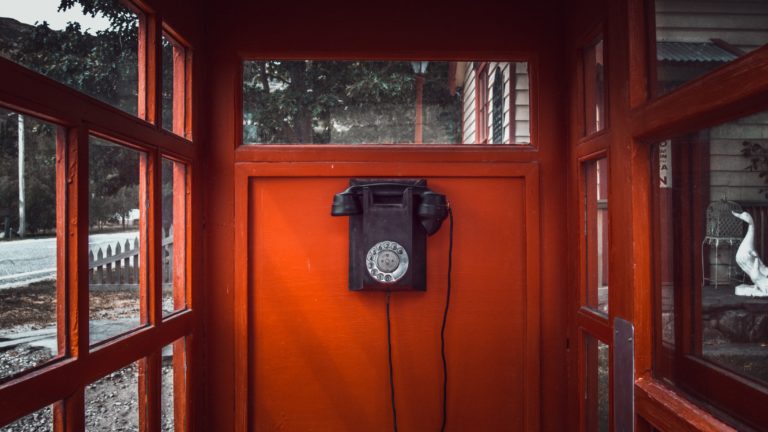On the rare occasion I pay a bill the old-fashioned way, I marvel. It wasn’t so very long ago that, for each bill, we’d sit down, handwrite a check, and then actually put it in the mail. Just as online bill pay has become the way of the modern world, so too have email, job boards, and social networking sites have proven the ultimate game changer for hiring practices. They’ve made a once-tedious and manual task more efficient and also brought the phrases “freelance” and “work from home” or “work remotely” into our modern language and culture.
Hiring short-term engagements via pre-electronic mail, pre-E-lance, and pre-e-anything was a totally different ballgame. As the founder of PayReel, I’ve had a front-row seat to that game and its remarkable evolution. It’s hard to believe we have gone from faxing and phoning to pointing and clicking in my personal 30-plus years in the business. It’s even harder to imagine the days before my involvement.
A brief history of hiring contingent workers pre-internet
Sometimes I wonder how anything got done before we had the power to hold the whole world wide web in our hands. But early hiring tools included job fairs, notices on community bulletin boards, government employment offices, or even a good old-fashioned “now hiring” sign. Here are some of the significant markers in the history of hiring contingent workers.
The 1800s, “free lances” fight for pay: While freelancing as we know it today may feel like a rather new phenomenon, the word’s origins date as far back as the 1800s. Merriam-Webster defines “free lances” as soldiers who sold their soldiering to the highest bidder.
The 1700s, “Help Wanted” ads appear: The Boston News Letters began carrying ads in 1704. Paying by the word, employers put an ad in the classifieds and waited for a response via snail mail. One such ad, from 1892, would be subject to anti-discrimination laws today. It sought, “A young lady of German parentage; must be a 36 bust and understand bookkeeping on a small scale.”
1890, Consultancy and recruiting agencies incorporate: Before online databases, where you could vet and possibly even book talent from a pool of candidates in minutes, we had telephones. Hiring managers might reach for the Yellow Pages and start down the list of consultancy agencies. The very first of such, Arthur D. Little Inc., was founded in 1886 and incorporated in 1906. The company broadened over the years but at first, focused on technical research. In a sense, as someone hired to do a very specific job, these early consultants were the first freelancers. Like today’s freelancers, they kept companies from having to hire full-time. Similar firms cemented their place in the U.S. economy in the 1900s.
The 1980s, Fax machines take over office buildings: While inventor Alexander Bain first sent an image over the wire in 1843, the fax machine didn’t make its way to frequent commercial use until the 1980s. These miracle workers reduced turnaround time by taking resumes out of mailboxes and into the printer room. Employment agencies (who still had to pull resumes from their giant paper databases) could now send candidate details to employers in minutes, leading to speedier vetting and hiring. While bulky by today’s standards, the fax machine was one of the early innovations that led to greater efficiency in the hiring space.
Significant moments in hiring contingent workers post-internet
Of course, with the internet, things really picked up. In evolutionary terms, it’s comparable to a leap from apehood to personhood.
1994, Email brings mail to inboxes everywhere: We all know what happened when email came out. The whole world changed. Suddenly, candidates could send resumes as digital files that were instantly received and could be printed in perfect quality. Individual candidates sent resumes as attachments and agents sent them to employers electronically, too, making rolodexes and endless file cabinets of resumes obsolete. This was the tool that made a paperless world imaginable.
1995-1998, Online job boards post positions: Yep, it’s the biggie. Platforms like CareerBuilder, HotJobs and Monster took over the internet. Email brought mailing resumes to a halt and then these job boards nearly replaced emailing. This is where filters that allowed hiring managers and recruiters to sort candidates (by skills and location, for example) came into play.
2003, Online interviewing tools : Video chat services such as Skype allowed recruitment agencies to conduct initial interviews online, no matter where in the world the candidate happened to be. This reduced travel costs and turnaround time. It also reduced dress time for the candidates, who only had to look professional from the waist up.
About PayReel
Producing multimedia content and executing live events is chaotic. At PayReel, we make sure our clients can hire who they want when they want and that everyone is paid properly. Leave the details up to the PayReel team so you can focus on pulling off a flawless production. Contact us anytime at 303-526-4900 or by emailing us here.
Relax. We got it.






